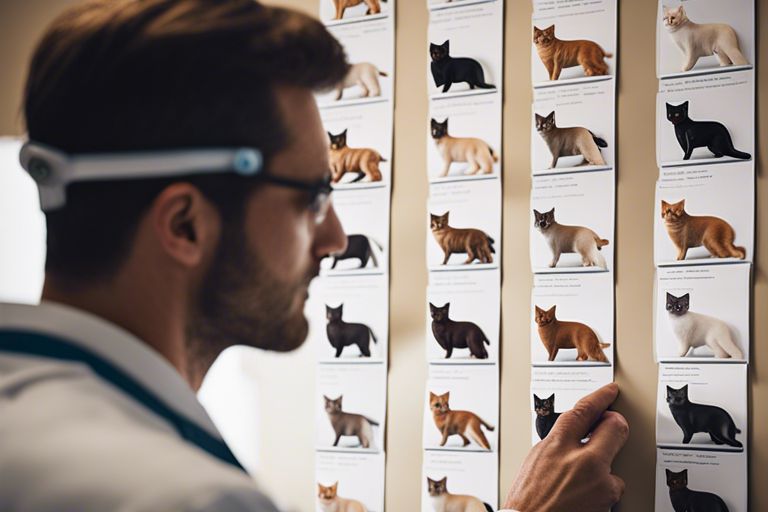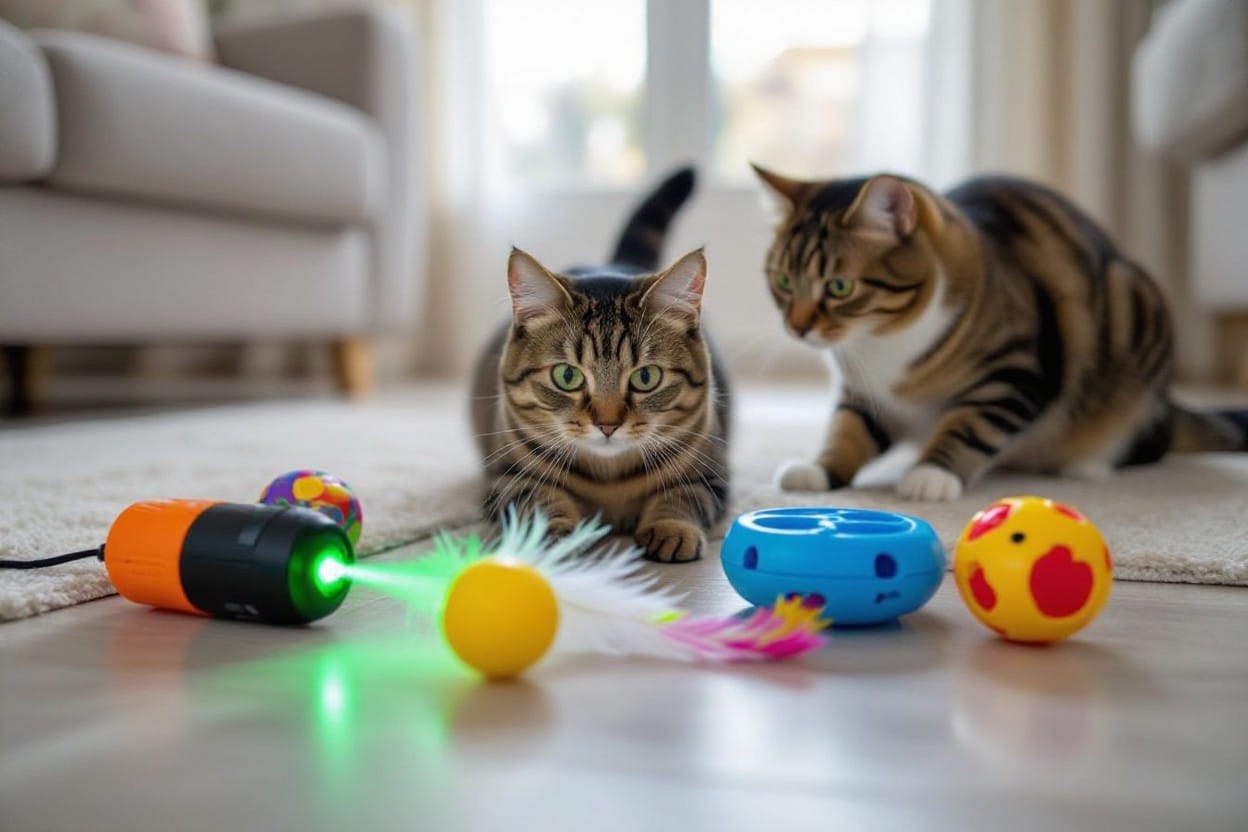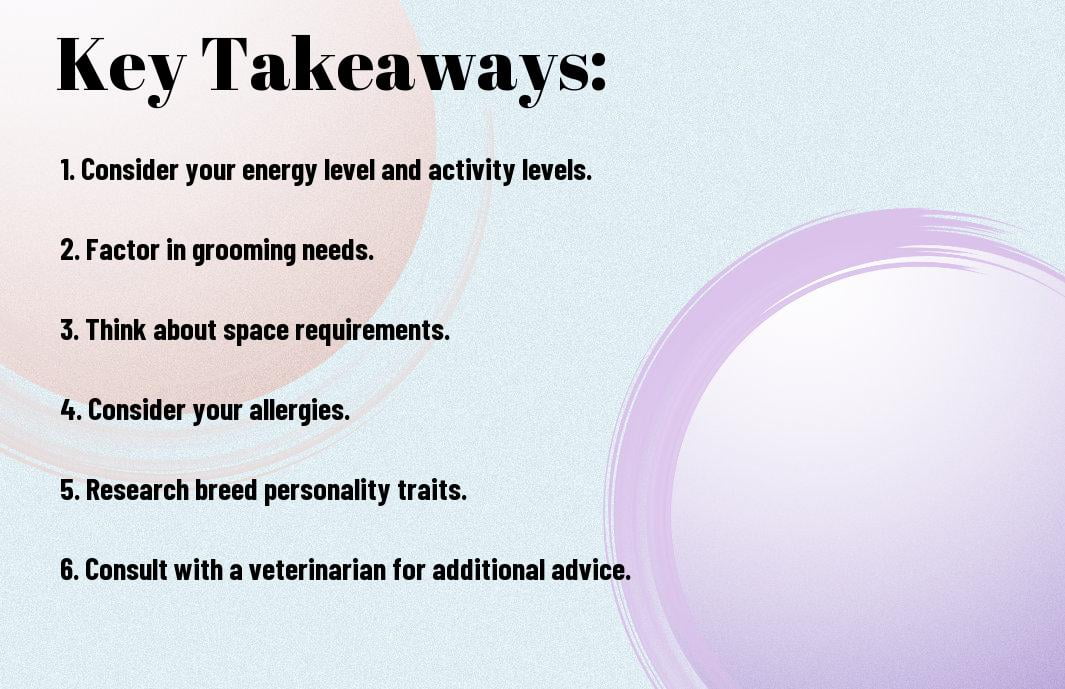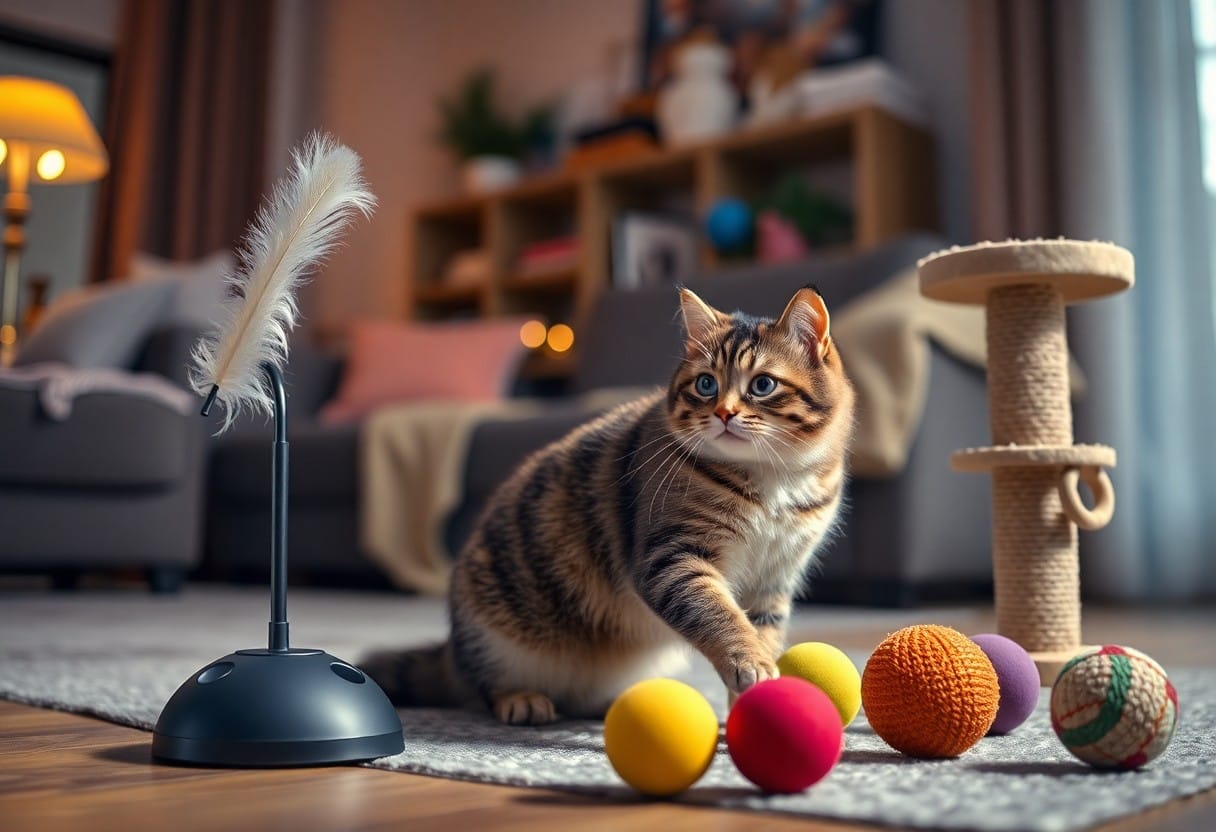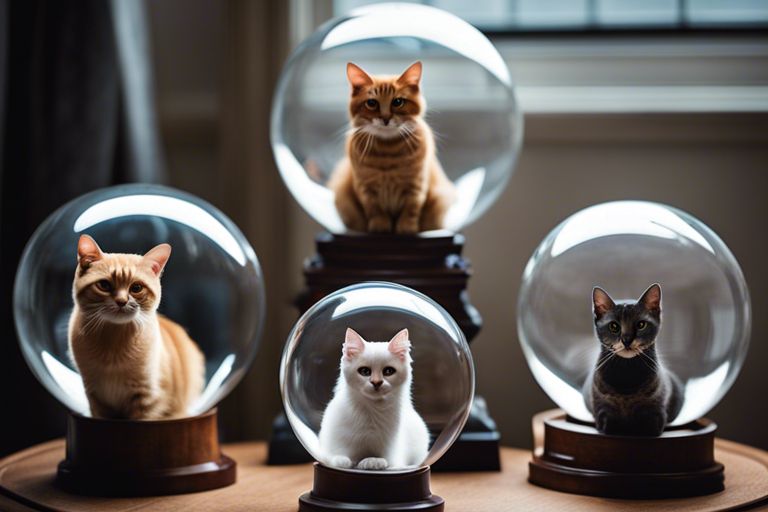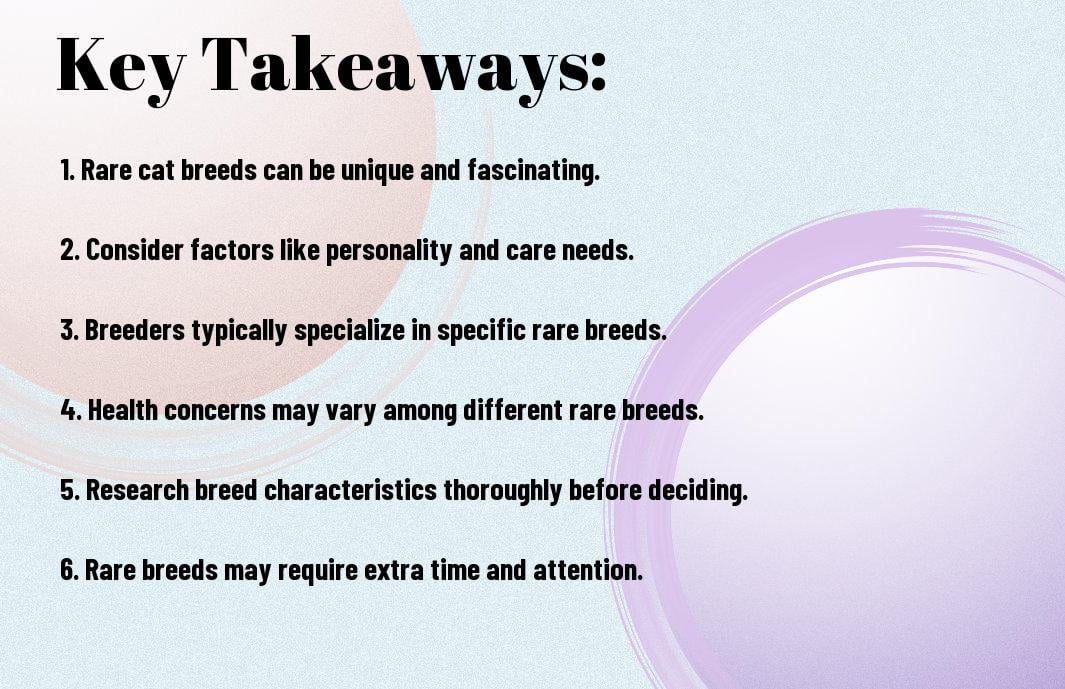Breeds play a significant role in determining a cat’s health needs and potential risks for certain conditions. Understanding the top health considerations for specific cat breeds can help cat owners better care for their feline companions and be proactive in preventing potential health issues. Different cat breeds have varying genetic predispositions and physical characteristics that can make them more prone to specific health problems.
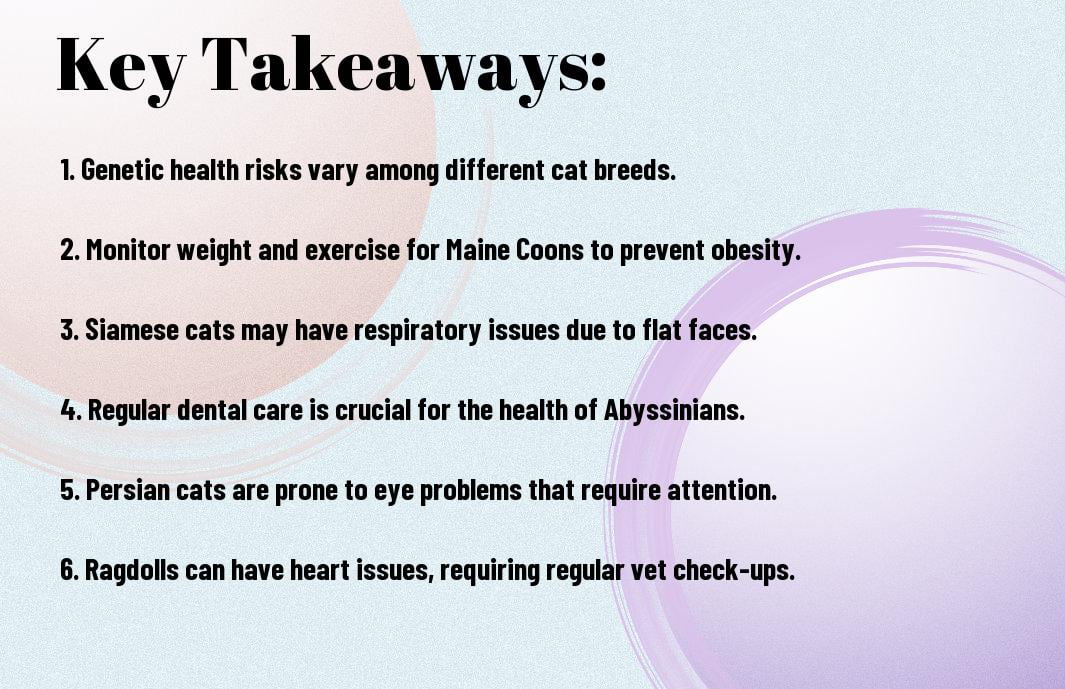
Persian Cats: Understanding Their Unique Needs
While Persian cats are known for their luxurious coats and calm nature, they also come with a set of specific health considerations that owners need to be aware of. Understanding these unique needs is vital to providing the best care for your Persian feline friend.
Respiratory Challenges and Brachycephalic Syndrome
With their characteristic flat faces and shortened airways, Persian cats are prone to respiratory challenges and are at a higher risk of developing Brachycephalic Syndrome. This condition can lead to breathing difficulties, snoring, and even heat intolerance in Persians. It is important for owners to be vigilant and monitor any signs of respiratory distress in their furry companions.
Maintaining Healthy Skin and Coat
Needs: Persian cats require regular grooming to maintain their long, luxurious coats. Daily brushing is vital to prevent mats and tangles, and regular baths can help keep their skin healthy and free of irritations. It is also important to provide a balanced diet rich in Omega-3 fatty acids to promote healthy skin and a glossy coat.
Challenges: Despite their stunning appearance, Persian cats are more prone to skin issues such as dermatitis and coat problems like matting. Owners should pay close attention to any changes in their cat’s skin and coat condition and seek veterinary advice if any abnormalities are noticed.
Kidney Issues: Polycystic Kidney Disease
Maintaining: Persian cats are predisposed to Polycystic Kidney Disease (PKD), an inherited condition that causes cysts to form in the kidneys. Regular check-ups with a veterinarian and screening for PKD can help in early detection and management of this disease. Maintaining a healthy diet low in phosphorus can also aid in managing kidney health in Persian cats.
Brachycephalic: Persian cats have a brachycephalic head structure, which can contribute to respiratory and dental issues. Owners should ensure proper dental care and monitor their cat’s breathing and eating habits closely to catch any potential problems early on. Regular veterinary check-ups are vital to identify and address any health issues promptly.
Maine Coon Cats: Tackling Genetic Predispositions
Addressing Cardiac Concerns: Hypertrophic Cardiomyopathy
All Maine Coon cats should be regularly screened for Hypertrophic Cardiomyopathy (HCM), a common genetic heart condition in this breed. Coon cats are susceptible to developing thickened heart muscles, which can lead to symptoms like heart murmurs, breathing difficulties, and even sudden cardiac arrest. Early detection through routine heart screenings can help in managing this condition effectively and improving the quality of life for your Maine Coon.
Spinal Muscular Atrophy Awareness
Addressing Spinal Muscular Atrophy (SMA) awareness is crucial for Maine Coon cat owners. SMA is an inherited neuromuscular disorder that affects the spinal cord and muscles, causing weakness and potential paralysis. By educating yourself about the signs and symptoms of SMA, you can work with your veterinarian to determine the best course of action for your cat’s health and well-being.
With proper attention and care, Maine Coon cats can live long, fulfilling lives. By staying informed about these genetic predispositions and being proactive in addressing potential health concerns, you can ensure that your beloved Maine Coon stays healthy and happy for years to come.
Joint Health: Hip Dysplasia
The Maine Coon breed is known to be predisposed to hip dysplasia, a condition where the hip joint doesn’t fit properly into the socket, causing pain and discomfort. Providing a balanced diet, regular exercise, and maintaining a healthy weight can help in managing and reducing the risk of hip dysplasia in Maine Coon cats. Additionally, joint supplements and veterinary care can aid in maintaining their joint health and mobility.
Plus, regular veterinary check-ups and monitoring can help in early detection and intervention, providing the best care for your Maine Coon’s joint health. By prioritizing these preventive measures, you can ensure that your feline friend leads a comfortable and active lifestyle.
Siamese Cats: Combating Inherited Health Problems
Vision Health: Progressive Retinal Atrophy
Not all Siamese cats are affected, but a significant number are prone to inherited health issues, such as Progressive Retinal Atrophy (PRA). PRA is a degenerative eye disorder that can lead to vision impairment and eventual blindness. It is necessary for Siamese cat owners to be vigilant about monitoring their cat’s vision health and seek regular veterinary check-ups to catch any signs of PRA early on.
Dental Health: Managing Gingivitis and Periodontal Disease
Vision health is not the only concern for Siamese cat owners; dental health is also a crucial consideration. Siamese cats are predisposed to dental issues like gingivitis and periodontal disease due to their genetics and diet. Regular dental care, including brushing their teeth and providing dental treats, can help prevent these dental problems and promote overall oral health for your Siamese feline.
Another important aspect of managing gingivitis and periodontal disease in Siamese cats is ensuring they receive professional dental cleanings annually. These cleanings are necessary for removing tartar and plaque buildup that regular brushing may not address, reducing the risk of more severe dental issues developing.
Neurological Issues: Vestibular Disease
The Siamese breed is also prone to neurological issues, such as Vestibular Disease. This condition affects the inner ear and can cause symptoms like head tilting, loss of balance, and difficulty walking. While Vestibular Disease is typically not life-threatening, it can significantly impact your Siamese cat’s quality of life. Consulting with your veterinarian for a proper diagnosis and treatment plan is crucial in managing this neurological issue.
The key to managing Vestibular Disease in Siamese cats lies in addressing the underlying cause of the condition, which could be related to inner ear infections, trauma, or even tumors. By working closely with your veterinarian, you can develop a treatment plan that may include medication, physical therapy, or other interventions to help alleviate the symptoms and improve your cat’s overall well-being.
British Shorthair Cats: Preventing Common Ailments
Heart Health: Aortic Stenosis
To ensure your British Shorthair cat’s heart health, regular veterinary check-ups are imperative. Aortic stenosis is a common heart condition in this breed, characterized by a narrowing of the heart’s main artery, the aorta. This can lead to heart murmurs, fainting spells, or even sudden death if left untreated. Early detection through routine screenings can help manage and treat this condition effectively.
Obesity Prevention and Diet Management
To prevent obesity in British Shorthair cats, it is crucial to provide a balanced diet tailored to their specific needs. These cats have a tendency to gain weight easily due to their low activity levels, so monitoring their food intake and incorporating regular exercise into their routine are key. Opt for high-quality, portion-controlled meals to prevent overeating and consult with your veterinarian for dietary recommendations.
Obesity in cats can lead to various health issues, including diabetes, joint problems, and heart disease. Maintaining a healthy weight through proper diet management not only improves their overall well-being but also extends their lifespan.
Hemophilia B: Clotting Disorders
This inherited clotting disorder can pose a significant health risk for British Shorthair cats. Hemophilia B results in prolonged bleeding due to a deficiency in clotting factor IX. Symptoms may include excessive bleeding from minor injuries, bruising, or blood in the urine. Early detection and specialized care are crucial to managing this condition effectively and ensuring your cat’s quality of life.
Prevention and regular monitoring of clotting disorders like Hemophilia B in British Shorthair cats involve working closely with your veterinarian to establish a care plan. This may include genetic testing, tailored treatment options, and being cautious with activities that could cause injuries leading to excessive bleeding.
Sphynx Cats: Special Care for Hairless Breeds
Skin Conditions: Eczema and Dermatitis
Special care is required when it comes to the skin health of Sphynx cats, as their lack of fur makes them more prone to skin conditions such as eczema and dermatitis. These cats have a unique skin type that requires regular maintenance to prevent dryness and irritation. Regular baths with gentle, moisturizing shampoos can help keep their skin clean and healthy. Additionally, it’s important to monitor their skin for any signs of redness, flakiness, or itching that could indicate a skin condition developing.
Thermoregulation: Managing Body Temperature
Special attention needs to be given to thermoregulation in Sphynx cats due to their lack of insulating fur. These cats are more sensitive to temperature changes and can easily become too cold or too hot. Providing them with warm blankets, cozy beds, and safe heating pads during colder months can help regulate their body temperature. During warmer months, it’s important to keep them in a cool environment and provide access to fresh water to prevent overheating.
Conditions
Hypertrophic Cardiomyopathy: Similarities and Differences to Other Breeds
Differences among breeds can affect the prevalence of hypertrophic cardiomyopathy (HCM) in Sphynx cats. Although not exclusive to this breed, Sphynx cats have a higher risk of developing HCM compared to some other cat breeds. Regular veterinary check-ups, including cardiac screenings, are important for early detection and management of this heart condition.
Differences
Eczema may occur in Sphynx cats due to their unique skin composition and sensitivity. Factors such as environmental allergens, dietary intolerances, and genetic predispositions can play a role in the development of eczema in these cats. It’s important to work closely with a veterinarian to identify and address the underlying causes of eczema to provide the best care for your Sphynx cat.

Ragdoll Cats: Understanding Their Gentle Nature
Many cat enthusiasts are drawn to Ragdoll cats for their calm and affectionate temperament. These gentle giants love to be held and are known for their tendency to go limp in your arms, hence the name “Ragdoll.” While their easy-going nature makes them wonderful companions, it is important for owners to be aware of specific health considerations that are common in this breed.
Urinary Tract Health: Preventing Stones and Blockages
Their laid-back nature can sometimes result in Ragdoll cats not drinking enough water, which can contribute to the formation of urinary stones or blockages. To prevent this, ensure your Ragdoll has access to fresh water at all times and consider incorporating wet food into their diet to increase their moisture intake. If you notice any changes in their litter box habits or signs of discomfort while urinating, it is crucial to consult your veterinarian promptly.
Feline Infectious Peritonitis: Understanding the Risks
Urinary issues are not the only health concern for Ragdoll cats. They are also susceptible to Feline Infectious Peritonitis (FIP), a viral disease that can be fatal. FIP is caused by a coronavirus and can affect cats with weakened immune systems. Symptoms of FIP can vary but may include fever, lethargy, and weight loss. Unfortunately, there is no definitive cure for FIP, so prevention through vaccination and minimizing exposure to other infected cats is key.
Understanding the risks associated with FIP and monitoring your Ragdoll’s health closely can help in early detection and management of this serious disease.
Gastrointestinal Issues: Irritable Bowel Disease
Preventing gastrointestinal issues like Irritable Bowel Disease (IBD) in Ragdoll cats involves maintaining a balanced diet and minimizing stress. Ragdolls can be sensitive to changes in their environment, so keeping their routine consistent and providing a high-quality diet can help prevent flare-ups of IBD. If your Ragdoll shows signs of vomiting, diarrhea, or weight loss, it is important to consult your vet for proper diagnosis and treatment.
Understanding your Ragdoll cat’s unique health needs and being proactive in their care will help ensure they live a long, happy, and healthy life.
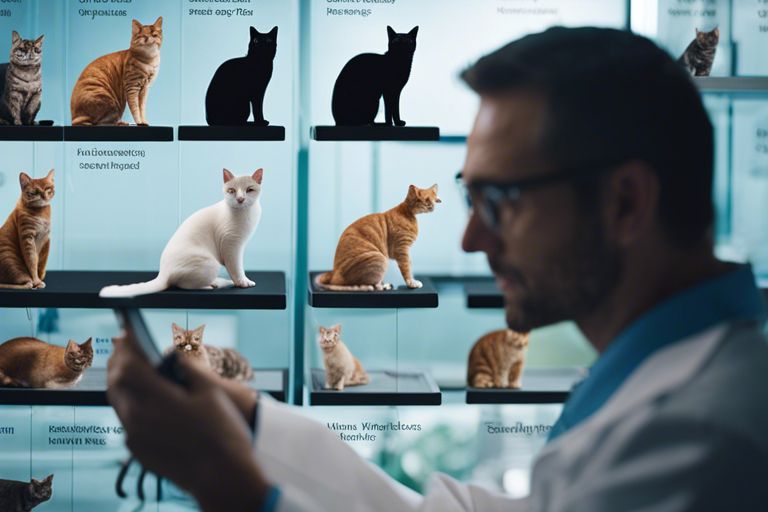
Bengal Cats: Dealing With Unique Health Challenges
PRA and Cataracts: Keeping an Eye on Vision Health
Dealing with Bengal cat health concerns involves being vigilant about potential vision issues such as Progressive Retinal Atrophy (PRA) and cataracts. PRA is a genetic condition that causes a gradual deterioration of the retina, leading to vision loss over time. Regular eye exams by a veterinarian can help detect PRA early on, allowing for proactive management strategies to preserve your cat’s eyesight. Additionally, keep an eye out for symptoms of cataracts, which may appear as cloudy spots in the eyes, causing vision impairment that can be corrected with prompt intervention.
Distal Neuropathy: Recognizing Early Symptoms
Neuropathy is another health concern that Bengal cat owners should be aware of, specifically distal neuropathy, which affects the nerves in the hind limbs. Early symptoms may include weakness in the legs, difficulty walking, and coordination issues. If you notice these signs in your Bengal cat, it is crucial to seek veterinary care promptly to determine the underlying cause and implement appropriate treatment to help manage the condition and improve your cat’s quality of life.
Neuropathy: Distal neuropathy in Bengal cats primarily affects the nerves in the hind legs, leading to symptoms such as weakness, lameness, and loss of coordination. This condition can be managed with a combination of medical intervention and supportive care to alleviate discomfort and improve mobility for affected cats.
Heart Health: Monitoring for Heart Murmurs
Keeping a close watch on your Bengal cat’s heart health is necessary, as they may be prone to developing heart murmurs, which can indicate underlying cardiac issues. Regular check-ups with a veterinarian can help in detecting murmurs early on, allowing for prompt intervention and appropriate management strategies to maintain your cat’s heart health. Monitoring your Bengal cat’s heart health is crucial for ensuring their overall well-being and longevity.
On Heart Health: Monitoring for heart murmurs in Bengal cats is important as it can provide early indications of heart conditions that may require medical intervention. By staying proactive and vigilant about your cat’s heart health, you can work with your veterinarian to develop a care plan that supports their cardiovascular well-being.
Another important aspect of caring for Bengal cats’ health is maintaining a balanced diet, providing regular exercise, and ensuring they receive preventive care such as vaccinations and parasite control. By staying informed about their specific health needs and being proactive in addressing any concerns, you can help your Bengal cat live a long and healthy life.
Final Words
The health considerations for specific cat breeds are crucial for understanding the unique needs and potential risks associated with each breed. By being aware of these factors, cat owners can provide the best care and ensure the well-being of their furry companions. Regular veterinarian check-ups, proper nutrition, and a safe environment are vital components of maintaining good health for any cat, but being knowledgeable about breed-specific considerations can take the level of care to the next level.
The information provided in this guide serves as a starting point for cat owners to examine researching and understanding the specific health considerations for their cat’s breed. Do not forget, each cat is an individual with their own health needs, so always consult with a veterinarian for personalized advice and care. With this knowledge in hand, you can keep your cat happy, healthy, and thriving for years to come.
FAQ
Q: What are the top health considerations for specific cat breeds?
A: Each cat breed has its own set of health considerations, but some common ones include genetic predispositions to certain diseases, susceptibility to obesity, and specific dietary requirements.
Q: How can I ensure my cat stays healthy based on its breed?
A: To keep your cat healthy, it’s important to research common health issues associated with its breed, provide regular veterinary check-ups, maintain a balanced diet, and ensure plenty of exercise and mental stimulation.
Q: Are certain cat breeds more prone to allergies or skin conditions?
A: Yes, some cat breeds are more susceptible to allergies and skin conditions due to their genetics. Regular grooming, a healthy diet, and a clean environment can help prevent these issues.
Q: What are some ways to prevent breed-specific health issues in cats?
A: Preventive measures such as regular grooming, maintaining a healthy weight, providing appropriate exercise, and keeping up-to-date with vaccinations can help minimize the risk of breed-specific health issues in cats.
Q: How important is genetic testing for breed-specific health concerns?
A: Genetic testing can provide valuable information about potential health risks for specific cat breeds. It can help owners and veterinarians take proactive measures to prevent, monitor, or treat these conditions early on.
